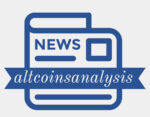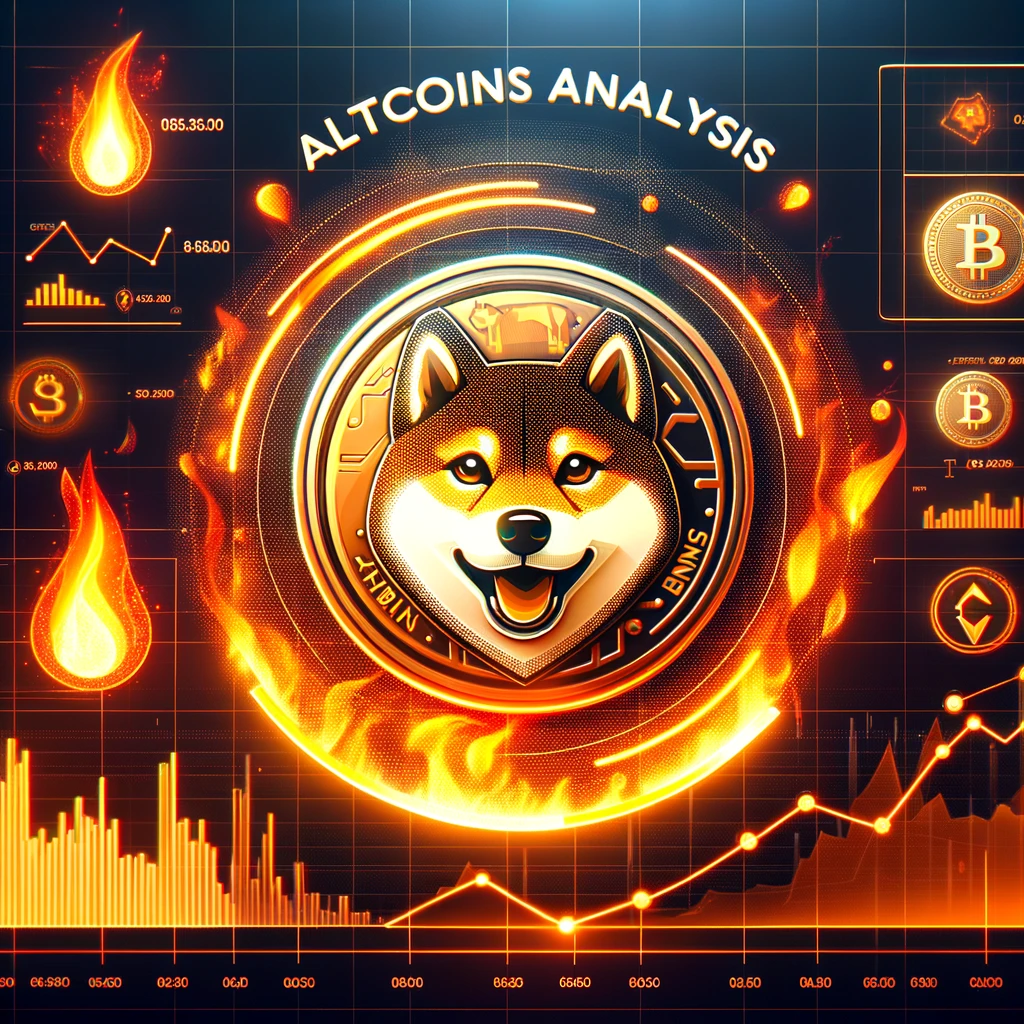Cardano (ADA), a leading blockchain platform known for its meticulous development approach, is on the cusp of a major transformation. The highly anticipated Chang hard fork, scheduled for June 2024, promises to usher in a new era for Cardano, potentially propelling its native token, ADA, to new heights.
Voltaire Era Beckons: Decentralization Takes Center Stage
The Chang hard fork marks the beginning of Cardano’s Voltaire era, a significant shift towards a more decentralized governance structure. Currently, decision-making power within the Cardano network rests largely with IOHK, the blockchain’s development team. However, the Chang hard fork relinquishes some of this control, empowering ADA holders to actively participate in the network’s future through an on-chain voting system.
This newfound power allows the community to have a direct say in crucial matters, including the allocation of the annual budget and the management of the Cardano treasury. Charles Hoskinson, CEO of IOHK, emphasizes the significance of this transition. He envisions a sophisticated system where “community wisdom” guides the network’s future. This includes establishing a framework for collective decision-making, setting annual budgets, and creating a robust treasury system.
Beyond Governance: Enhanced Functionality Fuels Optimism
The Chang hard fork isn’t solely focused on governance. It also promises improvements in smart contract functionality. The introduction of Plutus v3, a new smart contract language, aims to streamline and optimize the development process, potentially attracting a wider pool of developers to build innovative applications on the Cardano network.
Furthermore, the upgrade facilitates the distribution of 1 billion ADA tokens to the community, directly incentivizing participation in the network’s governance. This strategic move by IOHK underscores their commitment to fostering a more engaged and invested user base.
Historical Precedents and Anticipated Outcomes
Cardano community members are buzzing with anticipation, citing historical trends as potential indicators of a price surge for ADA following the Chang hard fork. Previous hard fork events for other blockchains have often been accompanied by significant increases in token value, and analysts believe Cardano may follow suit.
However, Cardano’s journey hasn’t been without its share of criticism. Some crypto influencers and media outlets have questioned the project’s development pace. Despite the skepticism, Charles Hoskinson remains confident in Cardano’s path forward, highlighting the potential disconnect between the project’s actual progress and the narrative portrayed by critics.
A Glimpse into the Future: A Thriving Cardano Ecosystem
The successful rollout of the Chang hard fork is expected to trigger a wave of further advancements within the Cardano ecosystem. Analysts anticipate faster decentralized exchange (DEX) transactions, increased adoption of stablecoins pegged to real-world assets, and the potential listing of Cardano Native Tokens (CNTs) on major centralized exchanges. Additionally, an upcoming “midnight airdrop” of tokens further fuels the excitement within the Cardano community.
Conclusion: A Transformative Moment for Cardano
The Chang hard fork represents a pivotal moment for Cardano. It signifies a significant step towards a more decentralized and community-driven network. While the predicted price increase for ADA to $2 by August 2024 remains to be seen, the upcoming upgrade undeniably positions Cardano for a future of broader functionality, user participation, and potentially a more vibrant ecosystem. With enhanced capabilities and a focus on community empowerment, Cardano is poised to take a significant leap forward in the ever-evolving blockchain landscape.




